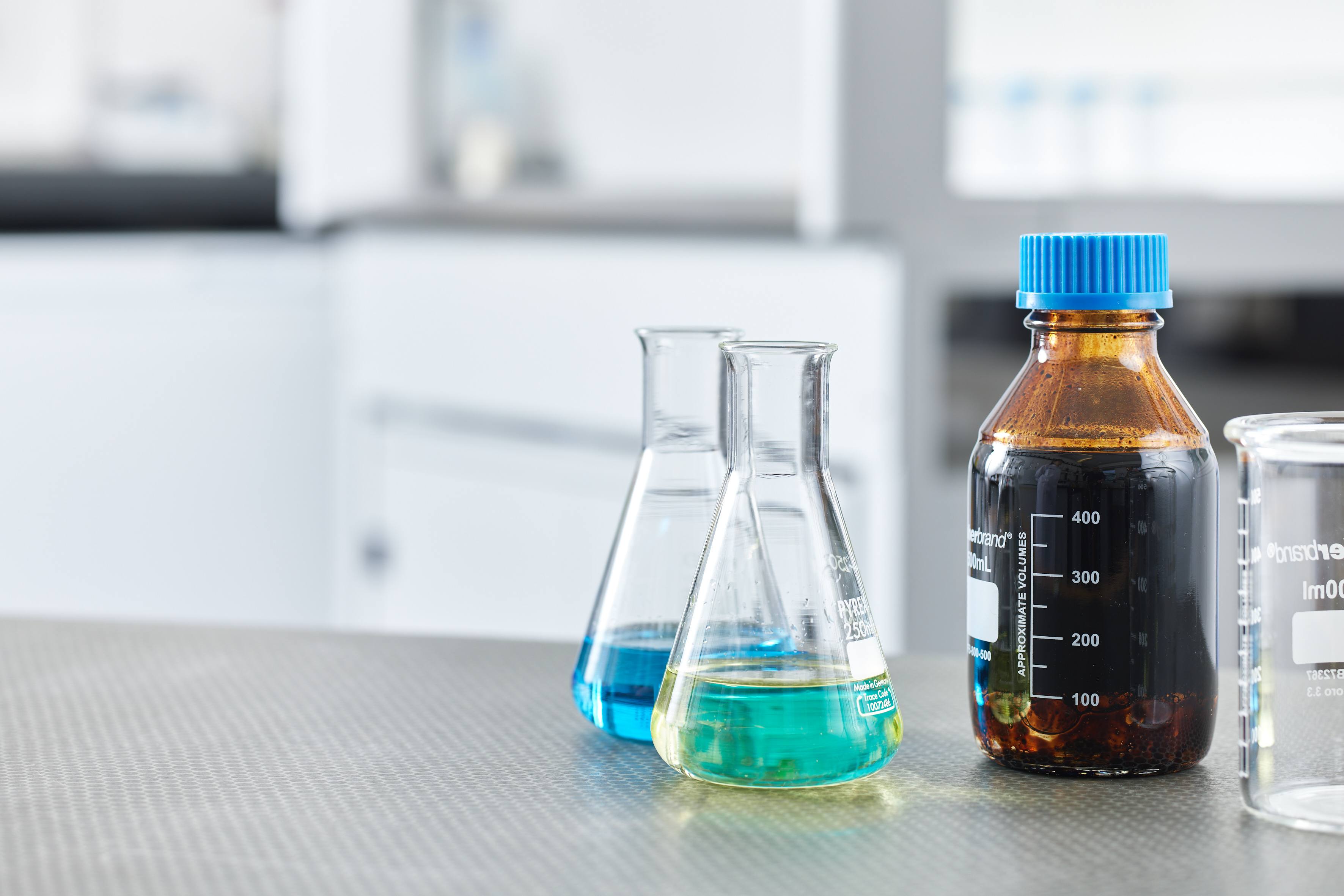Understanding Reservoir Souring
Additional downhole pressure is needed to extract oil from a reservoir during secondary recovery. This is typically achieved by ‘water-flooding’ – introducing water into the reservoir through injection wells, to ensure a steady flow of crude oil at the producer.
Often sulfate-rich seawater (or sulfate-containing produced injection water), the injected water can, unfortunately, introduce sulfate-reducing microorganisms (SRM) – also called sulfate-reducing bacteria (SRB) – into the reservoir environment. It can also encourage the growth of any microbial lifeforms that are already present in the subsurface.
The result is microbiological oilfield reservoir souring which, depending on the pressure and temperature conditions downhole can, over time, make its presence known through the production of sour crude and increasing concentrations of highly toxic and corrosive hydrogen sulfide (H₂S) at the topsides facilities.
Compared to sweet crude (oil which is low in hydrogen sulfide), sour crude is more expensive to refine, presents a significant corrosion risk to assets and incurs higher chemical treatment costs. Whether as a result of native geology, geochemistry or microbial activity, sour crude is common across all oil producing regions of the world. Unlike sweet crude, which typically contains less than 5% sulfur, sour crude has a much higher percentage of sulfur.
The Conditions Needed for Microbial Life
To flourish, SRM require water, sulfate (which is chemically reduced and converted to sulfide), an oxygen-free environment, and an energy source (typically the volatile fatty acids [VFAs] and dissolved components of the native crude oil present in the formation water). Add a pH of 4 to 9, a temperature of 10°C to 80°C and a pressure range from 1 psig to 8,000 psig, and all the elements are in place for sulfate-reducing microorganisms to thrive.
Left unchecked, microbiological oilfield reservoir souring can remain unnoticed until higher concentrations of hydrogen sulfide are detected in crude oil production. This is because it may take several years of secondary recovery activities before levels of H₂S are significant enough to be observed. Unfortunately, treatment at this stage can be costly, involving significant chemical dosing and/or sulfate removal technologies. For cost-effective treatment, it is therefore important to forecast an oil reservoir’s ability to sour at the earliest possible opportunity.
To assist operators in understanding whether or not their oilfields will sour – and to ensure any risk of souring is identified early enough to allow for economical treatment, we conduct pressurised bioreactor simulation studies which recreate the reservoir environment, and operate DynamicTVS© (Thermal Viability Shell), our predictive oilfield souring modelling tool.
Taking operational, planning and survey data from all stages of oil production, under any temperature and pressure conditions, DynamicTVS© is used to generate future profiles of hydrogen sulfide in all fluid phases. The software can forecast if reservoir conditions will support microbiological souring and resultant H₂S production – and to what extent.


